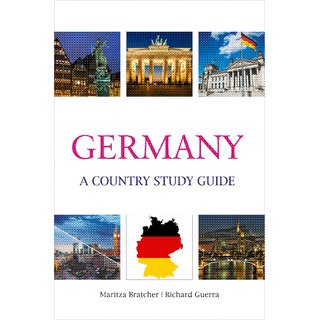
Germany (A Country Study Guide)
Quick Overview
Destination Germany, officially the Federal Republic of Germany, a sovereign state in Central Europe, bordered in north by the North Sea, the Baltic Sea and Denmark, in west by the Netherlands, Belgium, Luxembourg, and France, in south by Switzerland, and Austria, in east by the Czech Republic, and Poland. Additionally the country shares maritime borders with Sweden, and the United Kingdom. An area of 357,022 km² making Germany the seventh largest country in Europe, compared it is about two-thirds the size of France, or slightly smaller than the U.S. state of Montana. Germany has a population of 81,7 million people (2015); capital and largest city is Berlin with about 3.3 million inhabitants. Official language is German (Standard German, German: Hochdeutsch), a variety of German dialects are spoken in specific regions. About 50 % of the Germans are able to speak English as a second language. Germany’s economic success since World War Two is to a large extent built on its export industries, fiscal discipline, and consensus-driven industrial relations and welfare policies. It is particularly famed for its high-quality and high-tech goods. Germany’s export-dependent economy was initially hit hard by the global financial crisis of 2008-9, which triggered the worst recession since 1949. But by 2010 its exports had helped the country to rebound more robustly than most other EU members.
